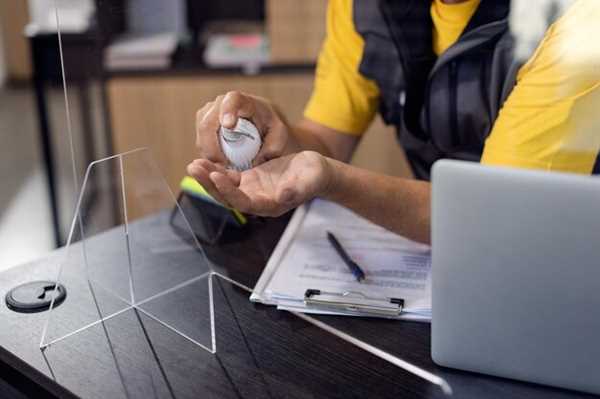

Regularly check and clean lenses with a soft microfiber cloth to avoid scratches and enhance visibility. Use a gentle lens cleaner suitable for optical devices to remove any dust or smudges that may affect clarity.
Battery management is crucial. Ensure batteries are fully charged and stored in a cool, dry place when not in use. Avoid deep discharges, as this can shorten the lifespan of the power source.
Inspect the housing for any signs of damage or wear. Ensure that seals and gaskets are intact to maintain proper waterproofing and dust resistance. Performing these checks regularly can prevent moisture or debris from compromising functionality.
Store devices in a climate-controlled environment. Extreme temperatures can adversely affect the internal components, leading to performance issues over time.
Consult the manufacturer’s guidelines for recommended servicing intervals. Professional assessments can identify potential problems early, ensuring longevity and reliability in operations.
Cleaning Procedures for AGM NVG Devices
For optimal results, utilize a microfiber cloth to softly wipe the exterior surfaces. This prevents scratches and maintains clarity without damaging the sensitive casing.
Use a lens cleaning solution specifically designed for optical devices. Apply it to the cloth, never directly to the lenses, avoiding potential damage from excess moisture and ensuring a thorough clean.
Check and clean the eye cups regularly. Remove dirt or oil buildup using mild soap and water, then dry them completely. This will enhance comfort and visibility during usage.
Inspect the battery compartment for residue or corrosion. Clean any deposits with a soft brush, ensuring contacts are free from obstruction. This ensures consistent power flow and operation.
Store the device in a protective case when not in use. This helps prevent dust accumulation and physical damage, preserving the integrity of sensitive components.
Avoid using harsh chemicals or solvents, as they can deteriorate the materials and impair function. Stick to products that are safe for optical equipment.
Perform regular inspections after each clean, checking for scratches, dirt, or any unusual signs that may require professional attention. This habit promotes longevity and reliability.
Establish a cleaning schedule based on usage frequency. Frequent handling and exposure to outdoor environments necessitate routine care to maintain functionality.
Battery Care and Replacement Strategies

Regularly check the state of charge and voltage levels. Maintain a charge between 12.4V and 12.7V to enhance the lifespan of your power source.
Store batteries in a cool, dry environment to avoid heat damage. High temperatures can accelerate thermal degradation, reducing battery capacity.
Implement a routine cleaning schedule. Remove any corrosion from terminals using a solution of baking soda and water, followed by thorough drying to ensure optimal connections.
Replace batteries when voltage consistently falls below 12.4V after a full charge. Signs of swelling or leaks also indicate the need for immediate replacement.
Utilize smart chargers to prevent overcharging, which can lead to decreased life expectancy. These devices automatically adjust voltage and current based on the battery’s requirements.
Consider a deep cycle approach during discharge cycles. Avoid complete discharges; instead, aim to recharge at 50%-80% depletion to prolong operational cycles.
When disposing of old batteries, adhere to local regulations for hazardous materials. Many retailers or recycling centers accept batteries for safe disposal or recycling.
Storage Guidelines to Preserve Functionality

Store equipment in a controlled environment, ideally between 15°C to 25°C (59°F to 77°F) with low humidity to prevent moisture damage.
Use protective cases or padded bags to minimize physical impact and reduce risk of scratches or dents during storage.
Avoid exposure to direct sunlight which can cause overheating and degrade internal components over time.
Remove batteries if equipment will not be used for an extended period. Store batteries separately in a cool, dry place and check their charge occasionally.
Keep lenses covered with lens caps to prevent dust accumulation and to maintain optical clarity. Use lens cleaning solutions specifically designed to avoid damage.
Regularly inspect stored units for signs of corrosion, moisture intrusion, or other environmental damage to ensure longevity.
Maintain a records log of usage and storage conditions to track performance and identify any issues early.




